Convivia & Refugia
On making places for connection, imagination, and transformation.
Including excerpts from FoAM’s lecture for the Aesthetics and Ethics in the Digital Age conference, collages from The Infinite Table, photos taken during Future Fictions, the collective transiency of FoAM bxl, and a selection of generative meanderings through FoAM’s photostream.
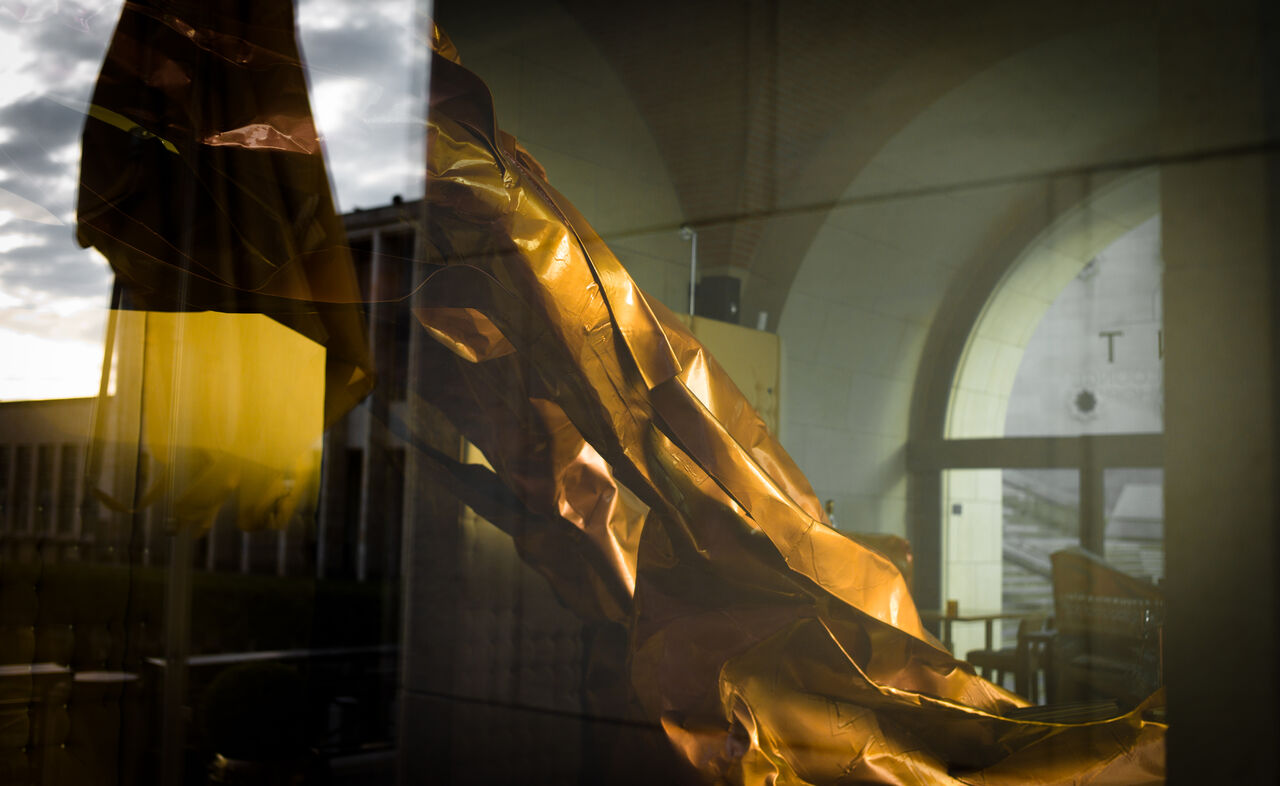
You are here.
On the edges of your perception, at the furthest corner of your eye, something catches your attention. You can’t name it, can’t find its contours, yet it stirs something in you. An unruly shimmering, a delicate tangle of hope, friendship,curiosity, and inspiration. There are people entangled within the shimmering, together with trees, books, music, machines... Some work on things together, others are alone, absorbed in whatever it is that they’re doing. Entangled within are places of different shapes and sizes: a villa at the edge of a forest, a caravan in a friend’s backyard, an abandoned fishery in a port town, a converted warehouse, an urban garden adjacent to a ground-floor apartment in a crowded city. Homes, studios, libraries... protective membranes shaped by what happens within. Spawning, composting, expanding, contracting.
Although physically distant from each other – some quite remote – these people and places are inextricably intertwined, forming flexible tangles of interests and affinities, hardware and software, solidarity and compassion. Occasionally, they gather, then scatter. The places come alive during the gatherings; peak experiences buzzing with joyful conviviality. Playful, intergenerational, and multicultural, the gatherings centre around the kitchen, where food is cooked, tasted, shared. People are savouring, chatting, dancing or resting, exchanging gifts, stories, music, seeds, theories, practices, and other curiosa. The celebration ends after a joint clean-up and repair session, culminating in a last meal of leftovers. People take their leave, until nothing remains but echoes of their laughter. As the silence returns, the custodians resume their daily practice. Quiet reflection, devout creativity, cultivating insight and foresight.
You realise that this pulsing movement – of being together and alone, of engagement and retreat, production and reflection – is what gives rise to the elusive shimmering. The contractions of the fertile ungraspable. Oozing the materia prima of new worlds, which disperse, unnoticed,through the sticky mud of the old.
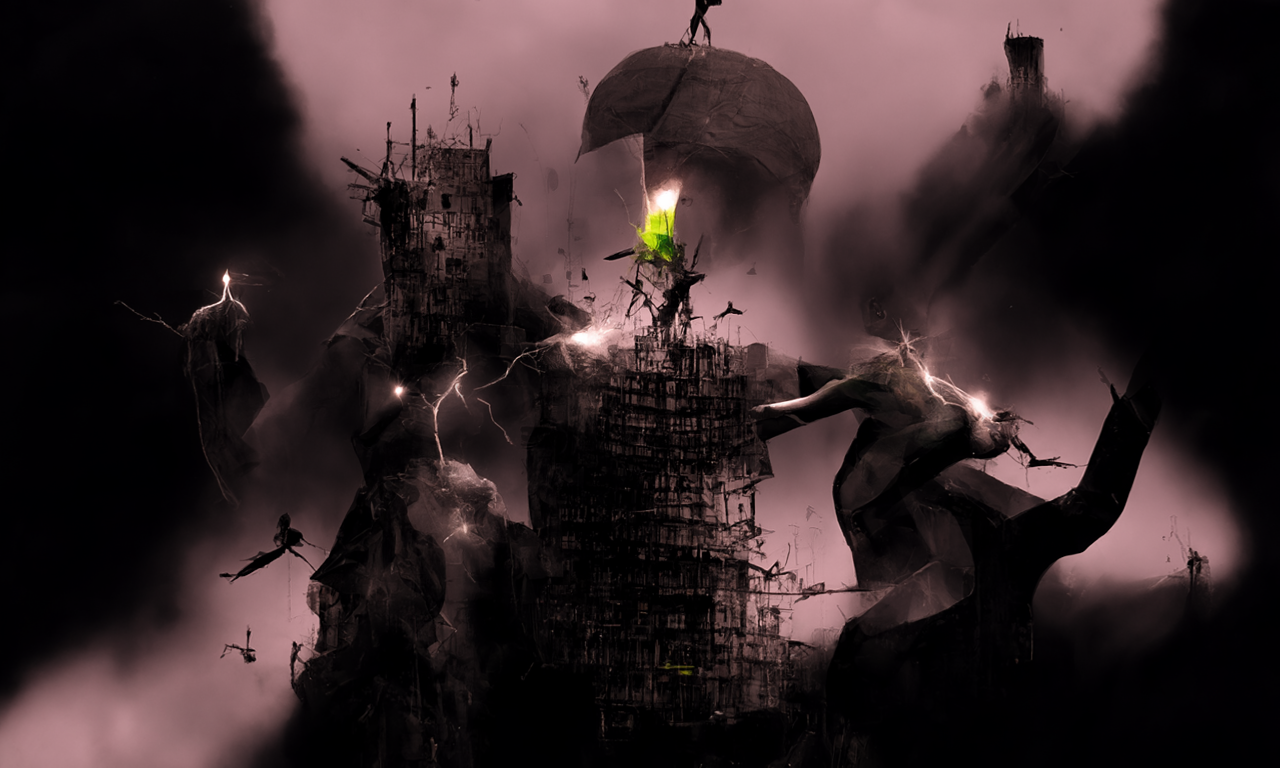
Overlooking the overlooked
In a world rife with turmoil, conflict, and disinformation, the roar of crises galore can easily obscure the beauty and ingenuity of myriad attempts to live well together. The cognitive dissonance of a crisis-wracked world eroding our capacity for meaningful action, as the bombardment of bad news drains energy and motivation. In respites from the churn, ‘good times’ when ‘bad news’ subsides, we can find ourselves encroached upon, instead, by blazing promises of a world transformed, rewritten by human technologies.
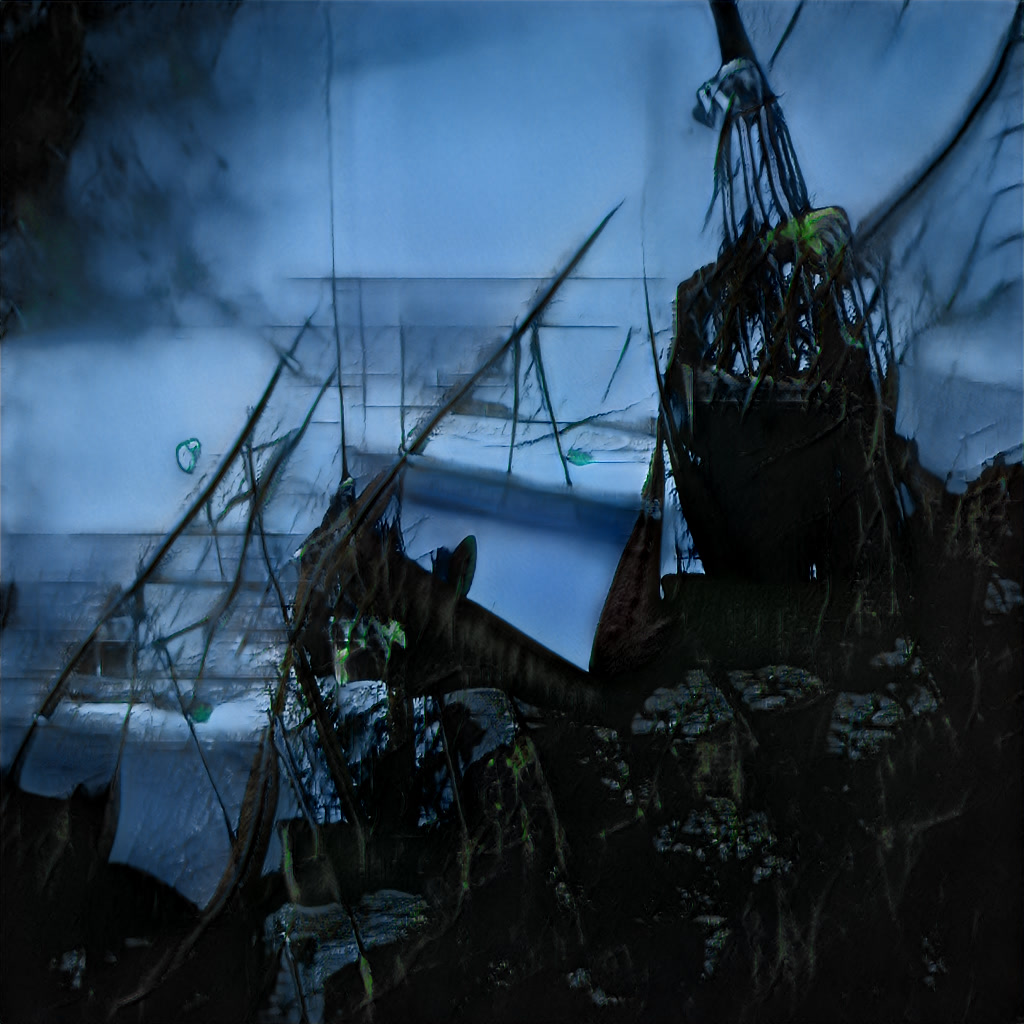
The question arises: What is to be done? The urgency to act leaves no room for rest, pushing us to run on the proverbial hamster wheel, straining forward as exhaustion sets in.
Slowing down is not a function of speed; it is a lyric of decomposition. [...] It is about embracing the things we often try to get around – the shadows and the darknesses – and working from the knowing that we will not arrive or figure things out or claim final territory because our work and our failures are intergenerational conversations.
Bayo Akomolafe
While we – inhabitants of our planet so badly wounded – cannot and should not cease our efforts for change, reality's relentless spin often causes us to overlook crucial aspects of our existence. Dangerous things. Important things. Things that are too big or small to notice. Overlooked things that might hold answers critical to our survival. But how can we step off the wheel, distancing ourselves from the blur of the world, without feeling like we are wasting time?
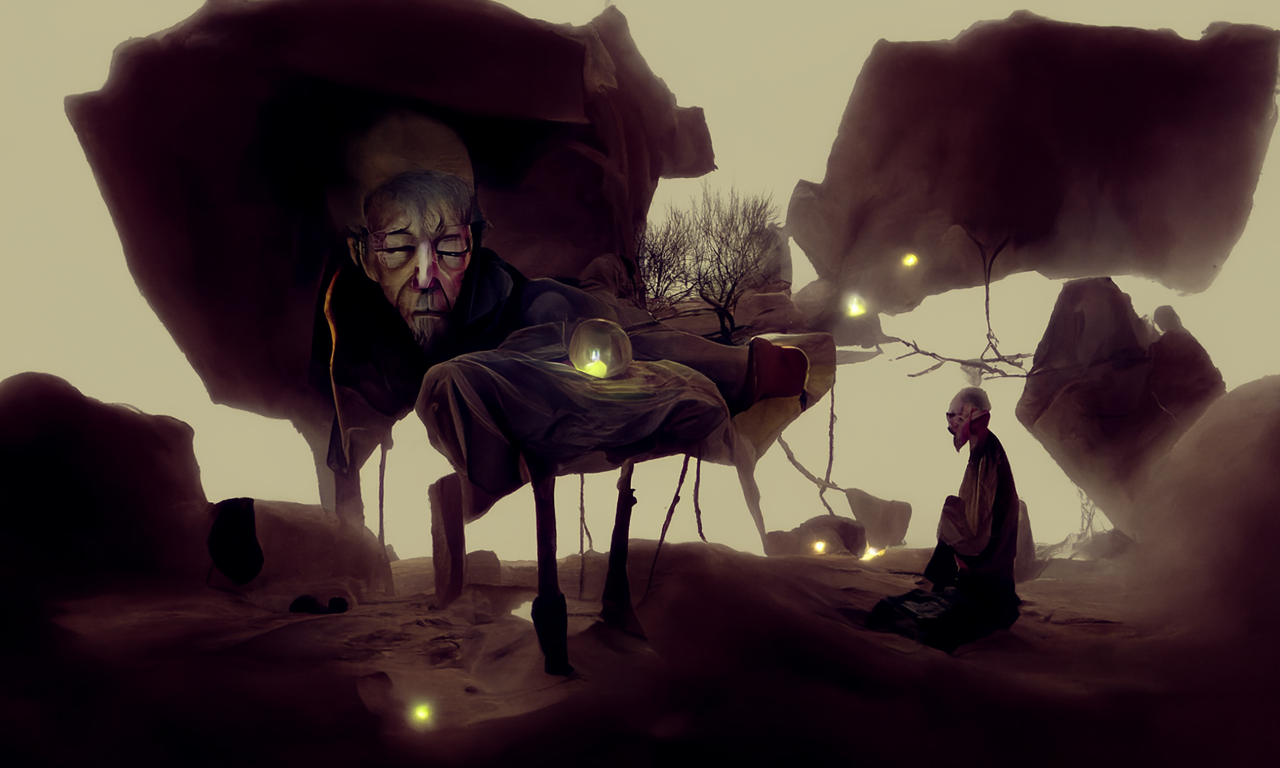
The Hermit actively terminates his relationship with the old world and becomes receptive toward an unknown future over which he exercises no mastery.
Alejandro Jodorowski
To avoid overlooking something important, it might be necessary to be overlooked for a while, ourselves. Making sanctuaries becomes vital – temporary retreats to let thoughtful initiatives develop, slowly and considerately, apart from worldly demands. In spaces of temporary remove, perspectives can shift, uncovering a wellspring of clarity and foresight. Retreats can take various forms – from a solitary refuge to a convivium for connecting with others. Solitary or communal, these are porous spaces where solitude and conviviality coexist, a gossamer manifold balancing being alone without loneliness and belonging without succumbing to societal pressure.
Sanctuaries are not about ‘safety’. Sanctuaries are about the difficult work of shapeshifting.
Bayo Akomolafe

Seeking refuge
In its traditional sense, a refuge shields its inhabitants from hostile elements – weather, germs, violence, persecution. The boundaries of a refuge can be as solid as concrete bunker walls or thin and porous, like skin, or as vast and fluid as the ocean. We might think of women's shelters or medieval sanctuaries, where access is restricted, guaranteeing safety and freedom from external expectations. The inner sanctuary is a parallel reality, following radically different rules. Yet not all refuges need hermetic seals; some serve as permeable interfaces between dissimilar worlds, delineating times and places of crossover.
Consider the medieval beguinage – a refuge for urban women seeking independence in a society that didn't provide such. Beguinages were architectural complexes – mainly in the European Low Countries – comprised of small houses surrounding a shared courtyard, with communal buildings for shared meals, learning and socialising, and a chapel for spiritual communion.
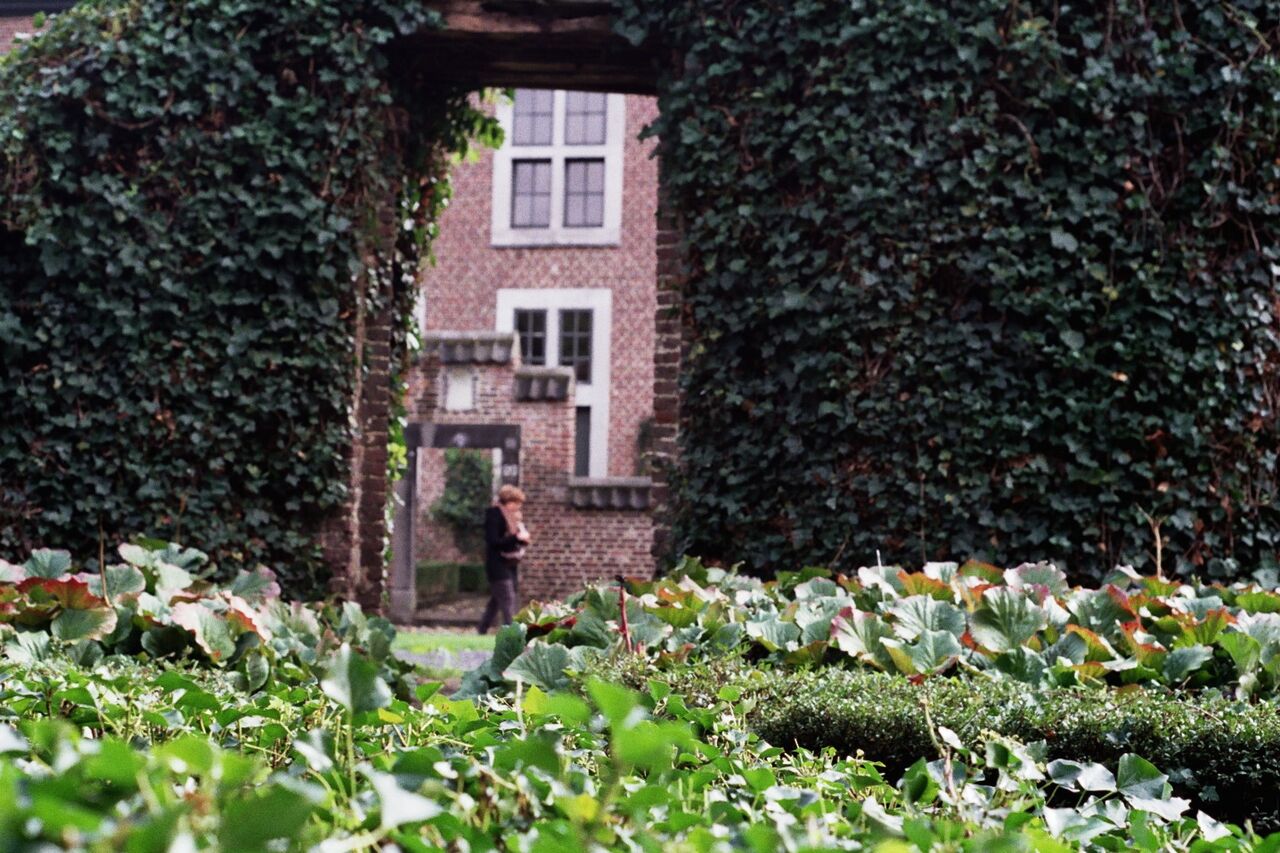
These were rare spaces where women could live without marrying. For women who could not, or would not marry, there were few alternatives aside from becoming nuns, or sex workers. Beguines found secular and spiritual companionship, cultivating courage and mutual support in medieval cities otherwise inhospitable to their way of life.
The concept of the refuge also resonates with histories of monasticism, from the quiet halls of European silent orders to Zen retreats and boisterous football matches in Bhutanese temples. Interpretations of the edge between inner and outer worlds Monastic retreat can take different durations, such as the buddhist retreats of 3 days, 3 months, or 3 years, or it can be a lifelong commitment. During retreats exposure to the outside world can be limited (in varying degrees) or cut off completely. varies between monastic orders. For early Christians fleeing Roman persecution, the desert hermitages became a refuge, providing distance from a hostile society. The desert hermits embraced stoicism and self-reliance, seeking direct, unmediated experiences of the divine.
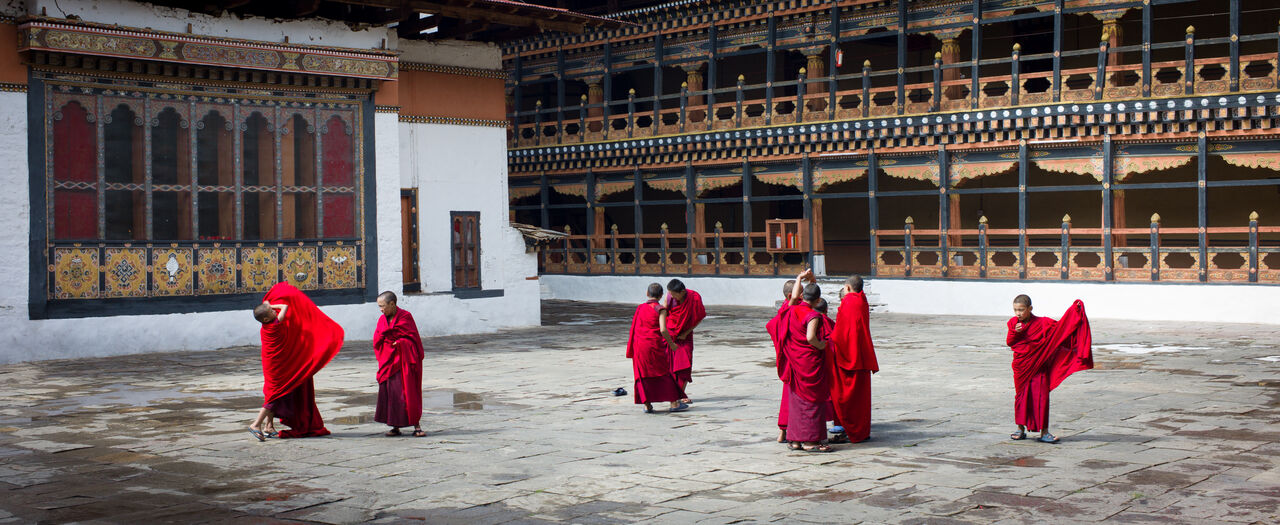
Some monastic traditions place themselves in towns or on outskirts of villages, balancing inward contemplation with hospitality, education, and community service. Their activities often include hosting ceremonies or festivals that foster a sense of belonging to something larger. Art of Something Larger The day-to-day operations of a monastery – including administration and logistics – are integral part of monastic practice. They maintain the monasteries' interdependence with local communities, providing spatial scaffolds for concentration and reflection, where inhabitants’ and visitors' inner gardens can be tended in quietude.
In the ecological theology of kissing, the world and what lies beyond its horizons come together in the lightest, as well as the most sensitive and sensuous, touch. While playing on the surface of things, with the surfaces and soft edges that eventuate the kiss in the times and spaces between them, Hildegard [von Bingen] is engaged in the serious work of building a dwelling (oikos) for everything that is.Michael Marder, Green Mass
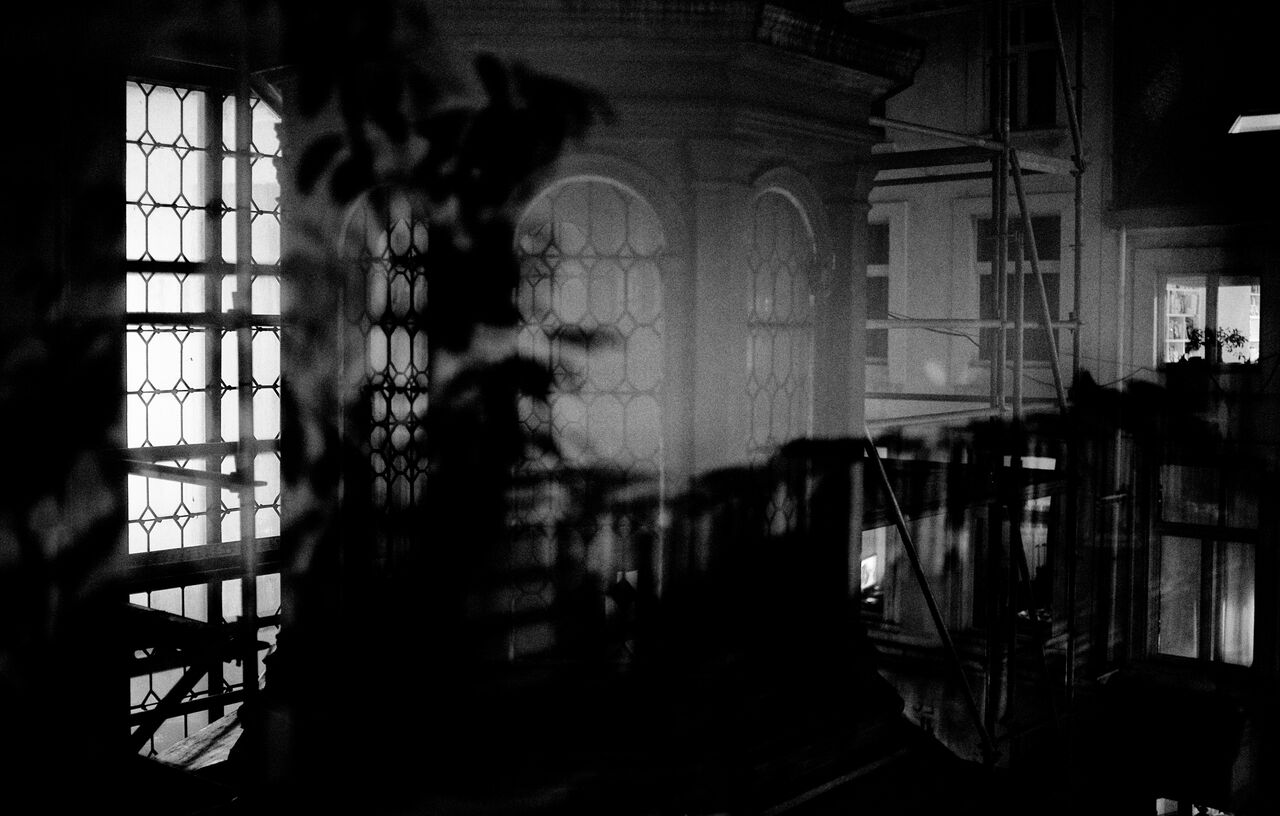
Cultivating Refugia
The existence of refuges from external threat transcends the human realm. In biology, a refugium is a haven for isolated populations that were once widespread. These pockets, including old-growth forests, high mountain peaks, deep valleys, or remote islands with unique micro-climates, provide buffer zones between ecological habitats. See, for example, Conserving Refugia: What Are We Protecting and Why? by Maurizio Rosetto and Robert Kooyman In an era of climate change, mass extinction and speciation, refugia offer hope for preserving endangered habitats, slowing destruction, and safeguarding species diversity from environmental disturbance.
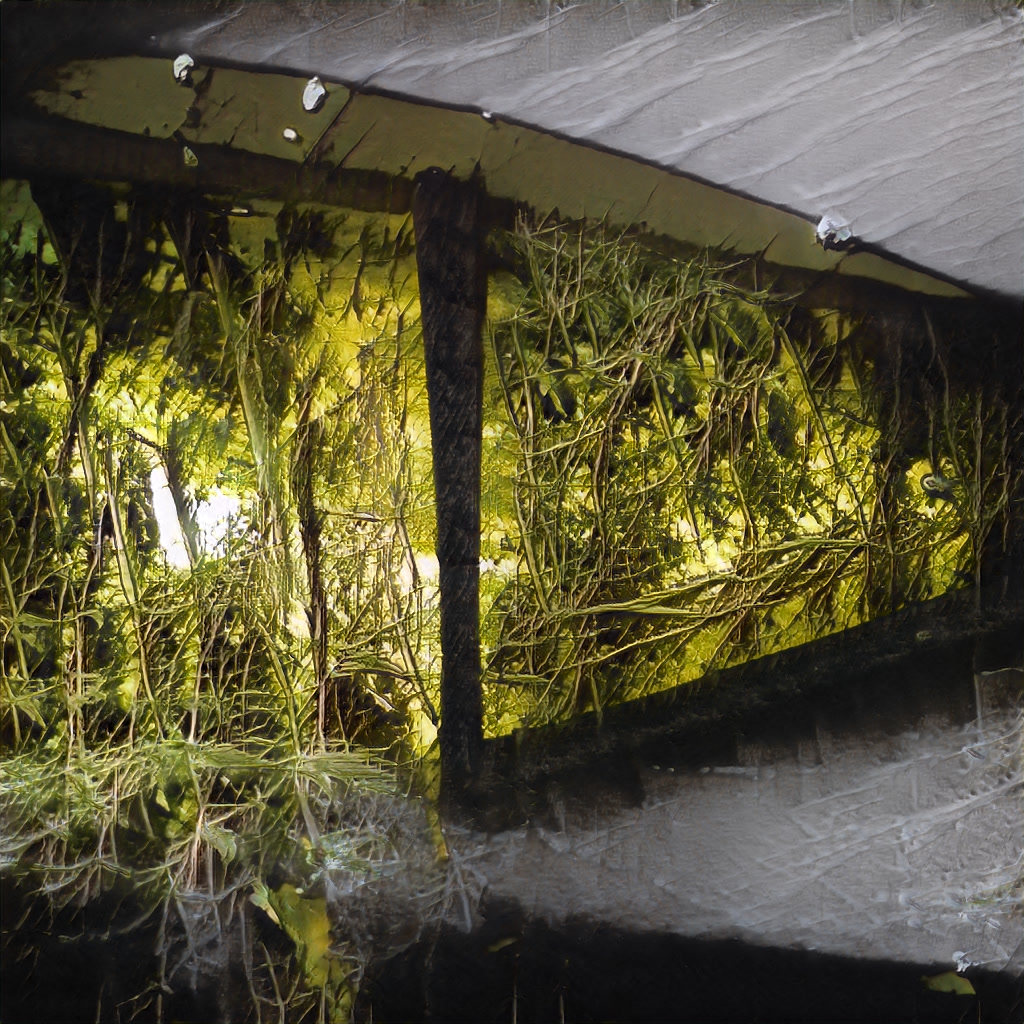
How can we cultivate refugia for endangered cultural phenomena?
For those threatened by narrowing definitions of the "real." For those heartbroken by the fragmenting, polarising effects of intolerance. For those resisting dogmatic separations of art and science, theory and practice, the animate and inanimate. For those consciously inhabiting transitions. For those naïve (or brave) enough to live as if solidarity and generosity will continue to be inherent qualities of being human. For those continuing to hope without optimism. For those with the courage to remain.
We need to fight for a slow politics of urgency through which we can create moments of stillness and focus, in which we can chart the course in stormy waters ahead. [...] A key challenge for our time is therefore to build the capacity to maintain spaces for reflexive political deliberation as the temporalities around us are collapsing into fragmented sites of emergency.
in The Slow Politics of Climate Emergency
We need sanctuaries for silence and attention, reflection, and imagination – places where truly intersectional, transcultural, and antidisciplinary collaboration can thrive. In these refugia, we can continue to grow other worlds, without necessarily knowing which, if any, will take root. Isolation Training
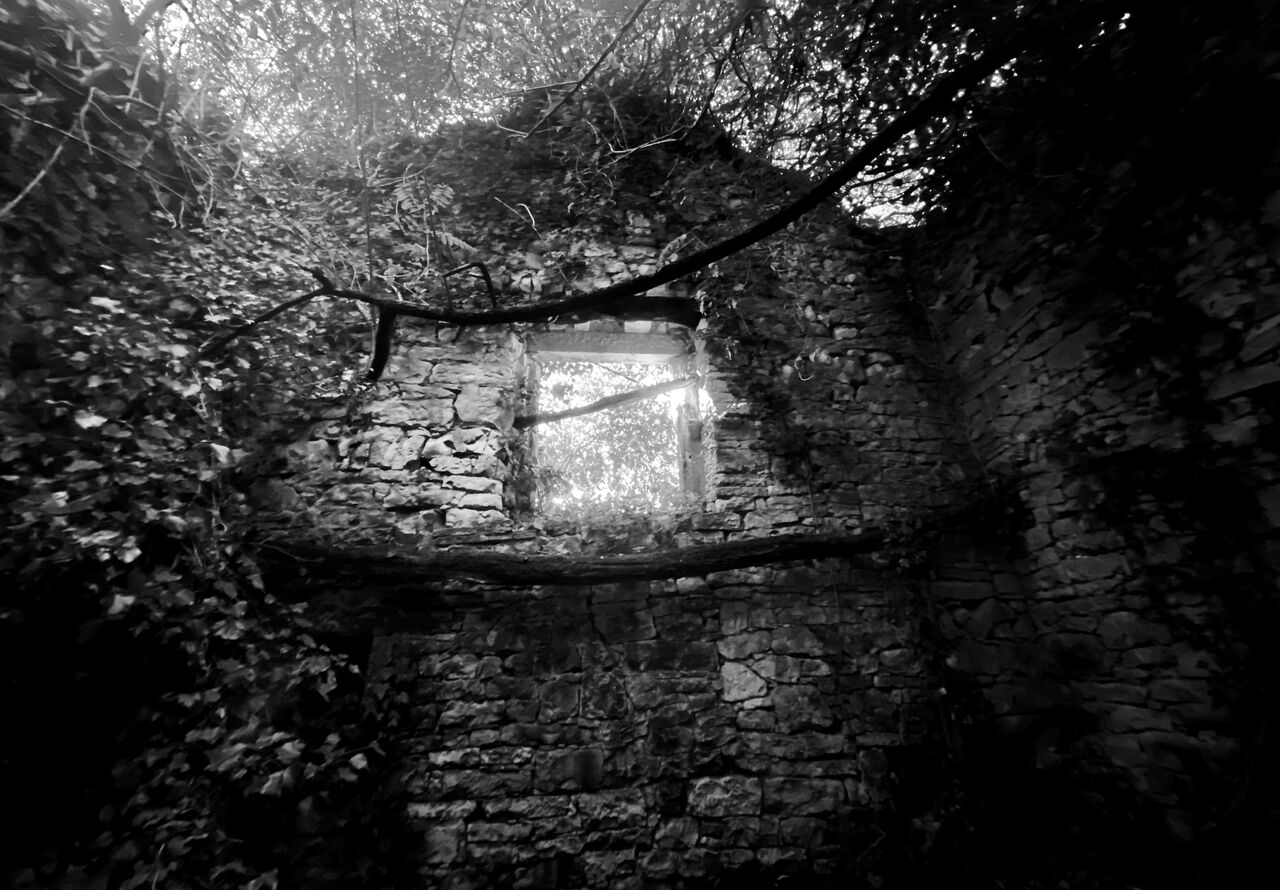
Holding convivia
In ecology, populations of refugia (and other geographically isolated places) are known as convivia. Over time,members of a convivium exhibit significant differences from other populations of the same species, and can evolve into a subspecies. The longer the isolation persists, the more the difference is pronounced. This happens with isolated human communities too, including those not venturing beyond their exclusive filter bubbles. Growing worlds in isolation, yet with the intention to eventually release them ‘in the wild’ is likely to be riddled with unintended consequences (analogous to the introduction of cane toads in Australia and their unstoppable spread). There is no shortage of cautionary tales about cults, sects, doomsday bunkers, intentional and gated communities attempting to create parallel worlds for themselves completely insulated from the jumble and uncertainty of consensus reality, and the problems that arise from the inevitable cross-contamination.
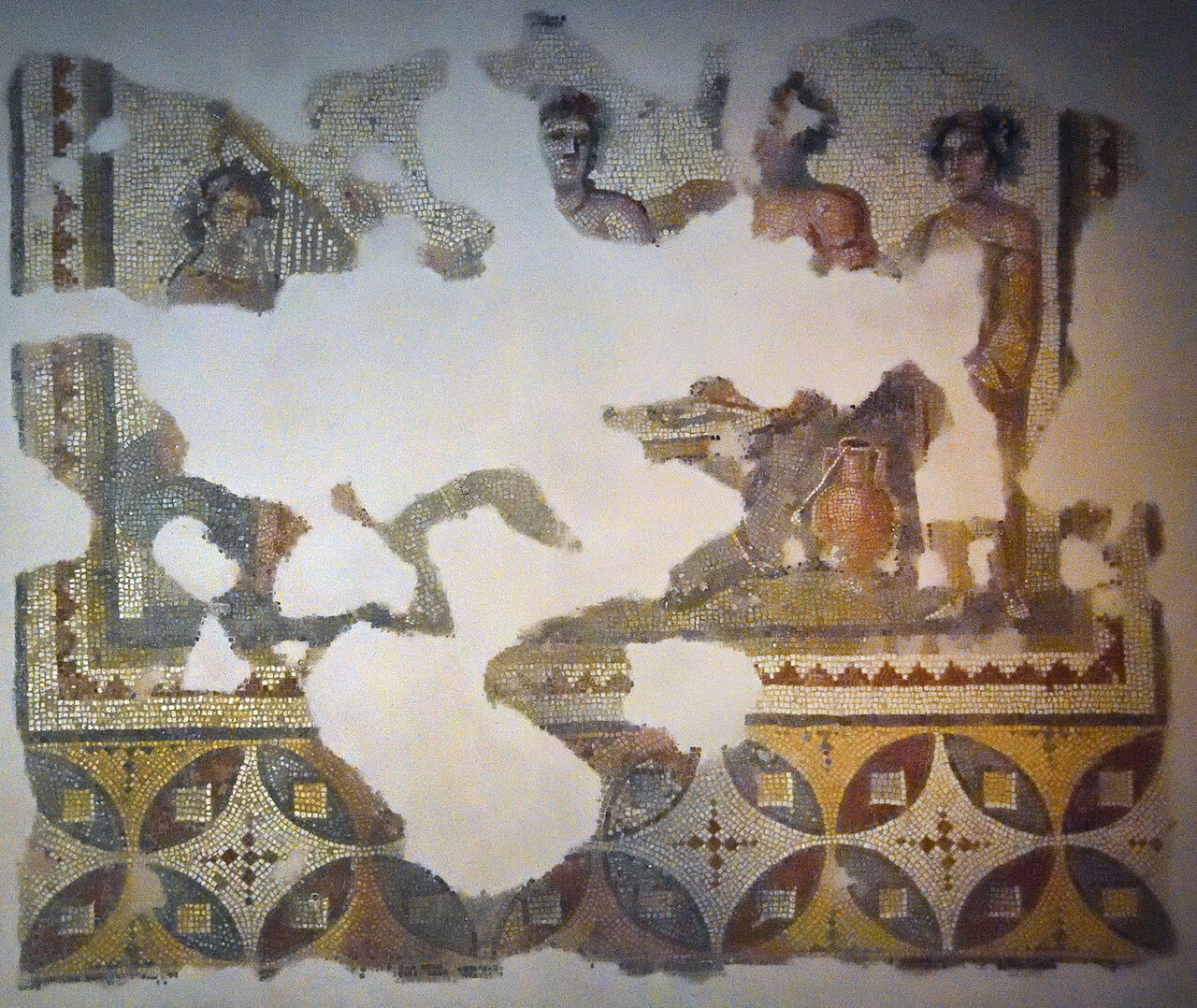 Photo by Dosseman
Photo by Dosseman
How can we nurture more permeable edge habitats between convivia, refugia, and the wider worlds around them? One of the possible answers lies in the Latin root of the word convivia – con-vivere, living together. In ancient Rome, conviviawere social feasts, involving elaborate meals accompanied by artistic performances and philosophical discussions (akin to symposia of ancient Greece). The ancient convivia were exclusive domains of (powerful) men. The convivia we envision here are inclusive multispecies gatherings.
Convivia open lines of sight and occasions for exchange. Sparring, jostling, flirting with what might otherwise be considered impossible stimulates fresh connections. In the spirit of hospitality, convivia enable a friendly co-existence of differences, and inspiration can be found in the most unexpected places.
I wouldn't have looked twice if this hadn't been Apert. But there were visitors on the meadow, watching, pointing, laughing, and speelycaptoring. Another useful function of Apert: to be reminded of how weird we were, and how fortunate to live in a place where we could get away with it.Neal Stephenson, Anathem
Convivia can be energising and euphoric. They are most effective when experienced as temporary autonomous zones, magic circles with clearly delineated beginnings and endings. To avoid overdosing on heightened emotions, social and sensory stimuli, such peak experiences happen in short, regular or intermittent bursts, after which the quieter daily practice resumes.
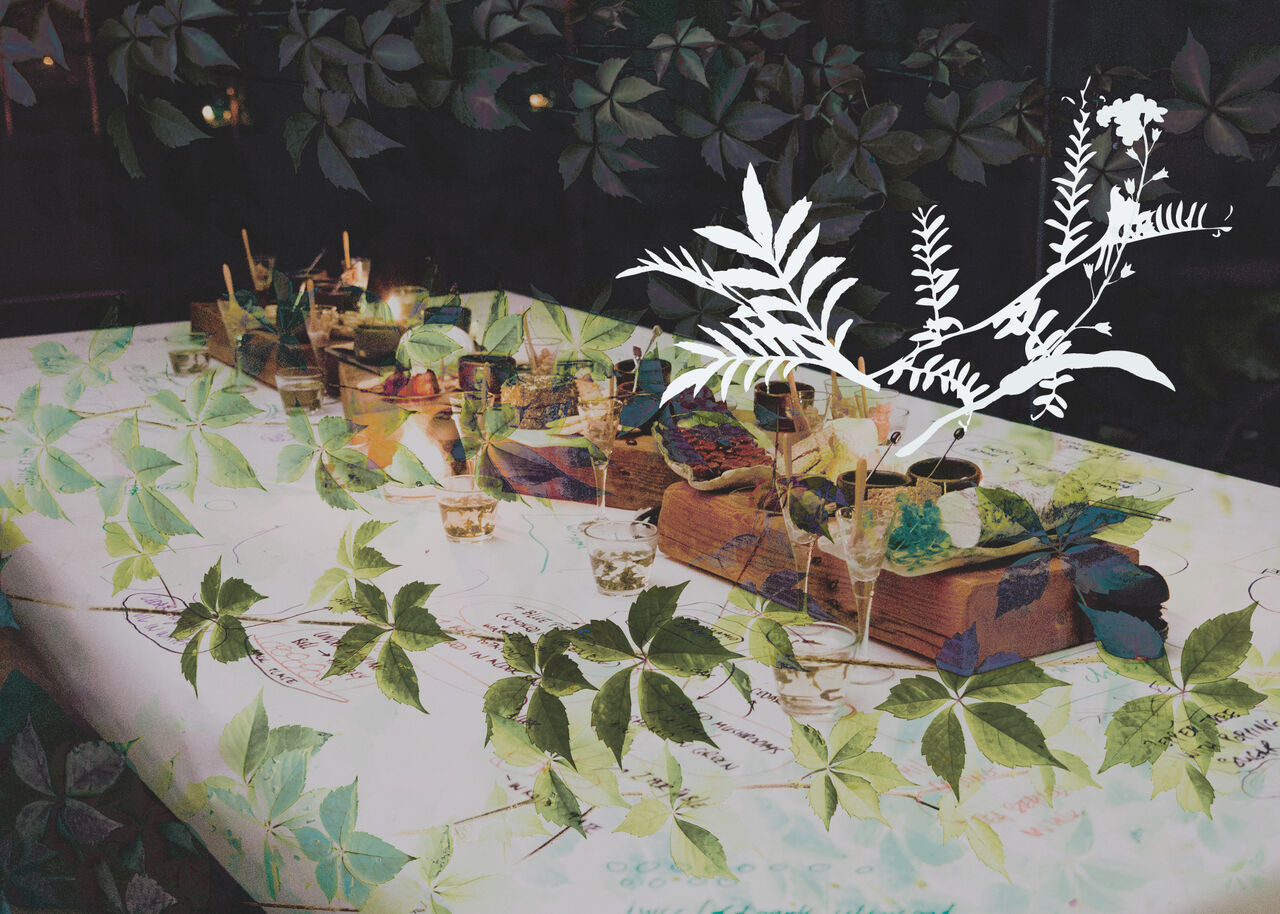
Making sanctuaries
Growing your own worlds can benefit from a temporary position of remove, like a shelter for unwanted animals or a lab where experiments are permitted to fail. Possible worlds may need refuge when their constitution is fragile or external conditions prevent mutual flourishing.
A sanctuary for diverse future cultures would be porous, with corridors of relationships running locally and trans-locally, connecting wider networks, communities of practice, supply lines and resource webs. Ties, Bonds, Grips Humble, unassuming places, easily overlooked, yet teeming with possibility and hope, sanctuaries would be built with expansive potential – accommodating varied uses and welcoming unexpected guests, supporting convivial co-habitation as much as solitary retreat. Here, over time, we can write ourselves into the world again.
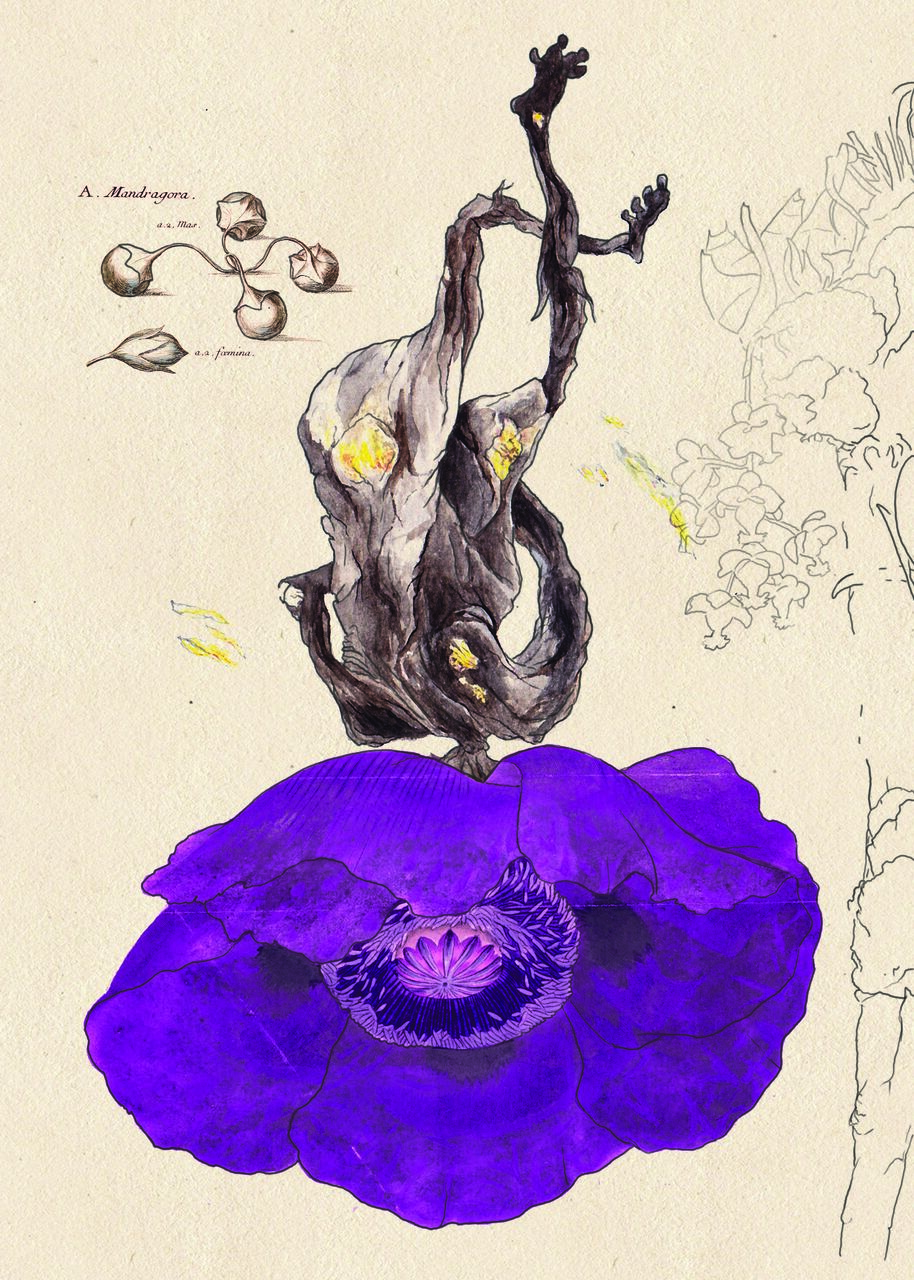
I am in this position because I wish to be. It is I who cut off the branches. I have freed my hands of the desire to seize, to own, to cling. Without abandoning the world, I have retired from it.I am nothing more than the beat of the heart that propels beauty towards the borders of creation. I become the peaceful gentleness in all pain, ceaseless gratitude, the door that leads victims to ecstasy, the sloping path on which we slide toward the heights, the living light that circulates in the darkness of the blood.
And if the Hanged Man Spoke, in The Way of Tarot
Cornerstone of the Outer Monastery
❦